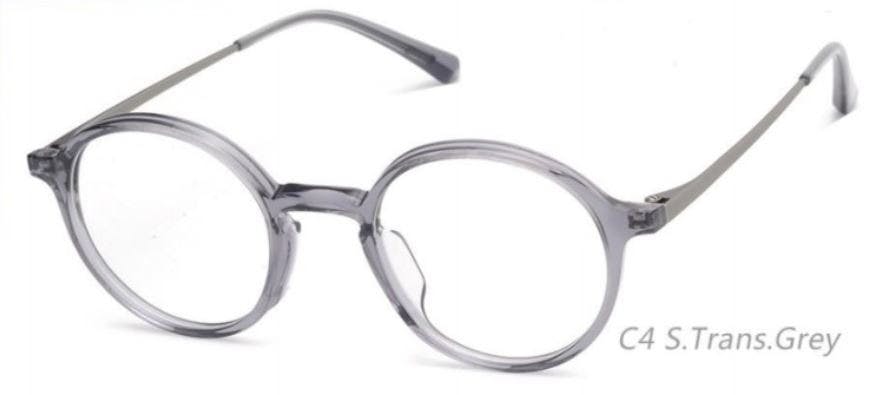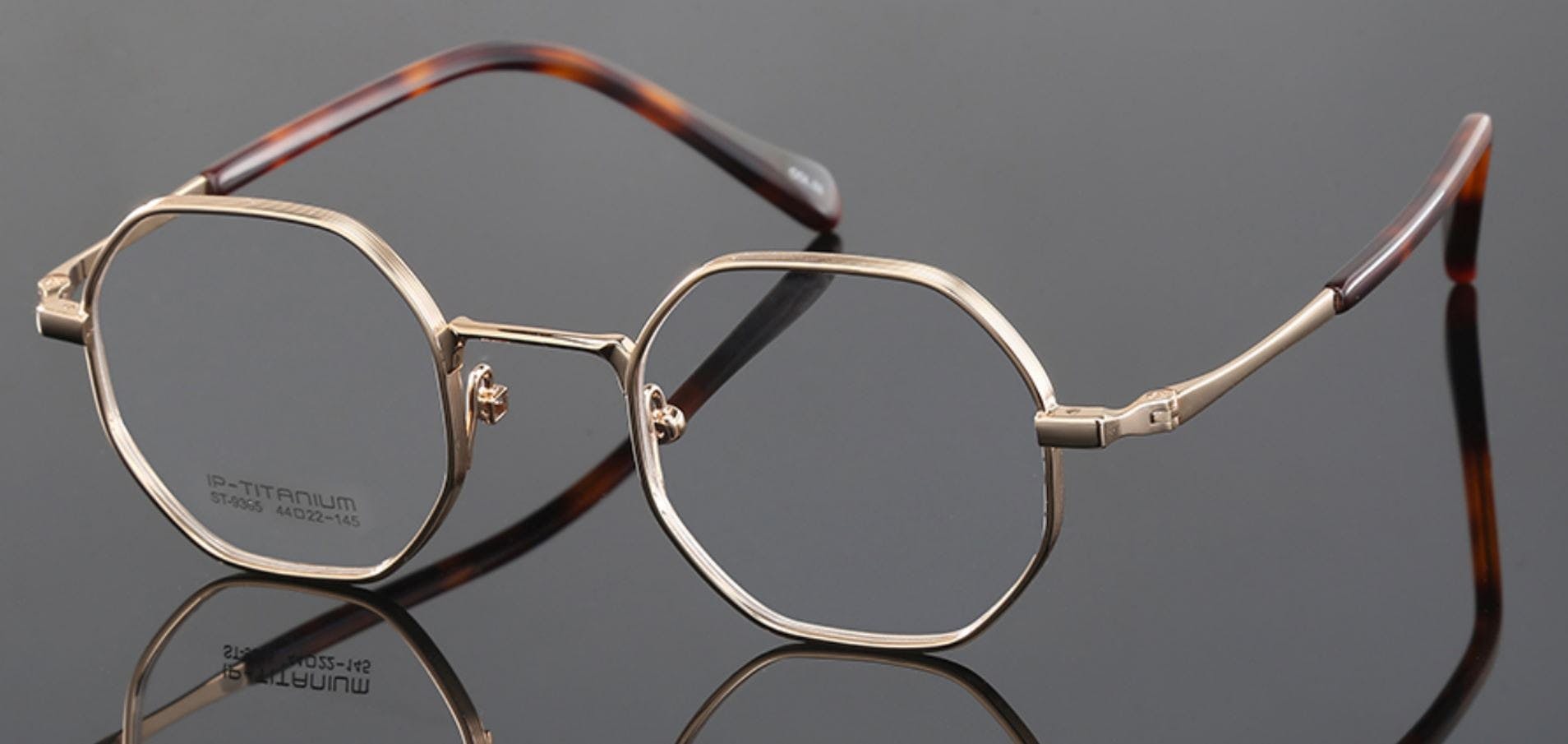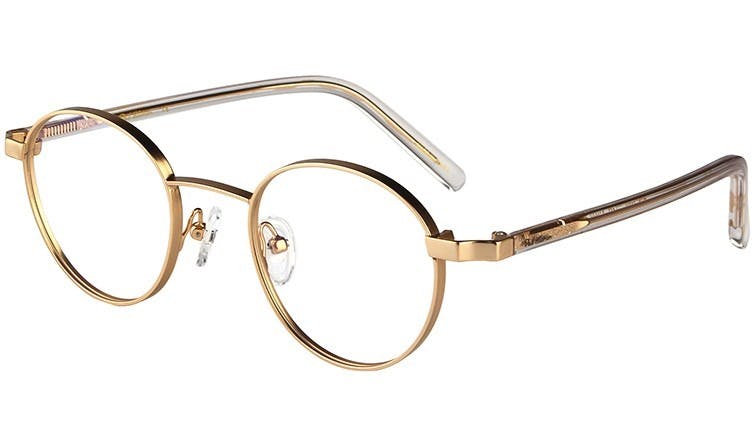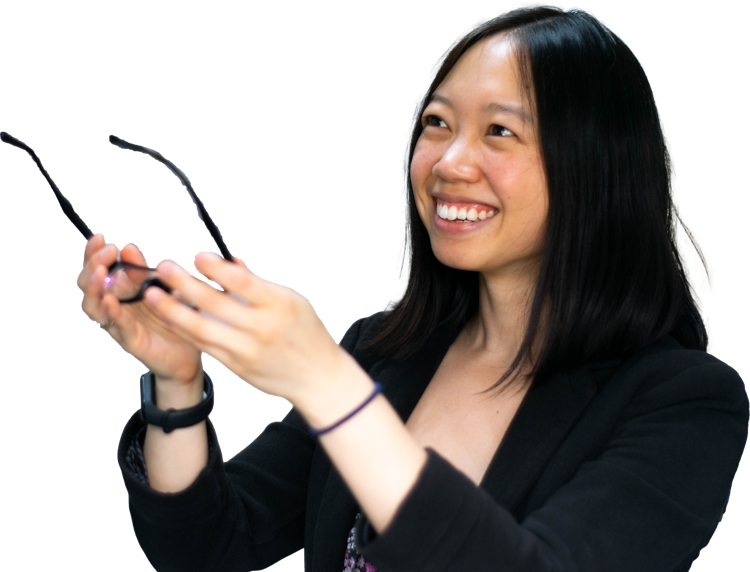High Prescriptions
My brother's prescription is -9.00, a few friends with prescriptions of -14.00, and quite a few patients with prescriptions around the -11 to -15 mark who really have struggled to find glasses that fit well and look great at the same time! So, it's been my own personal project to find a solution for them, and I would like to share these solutions with you too.
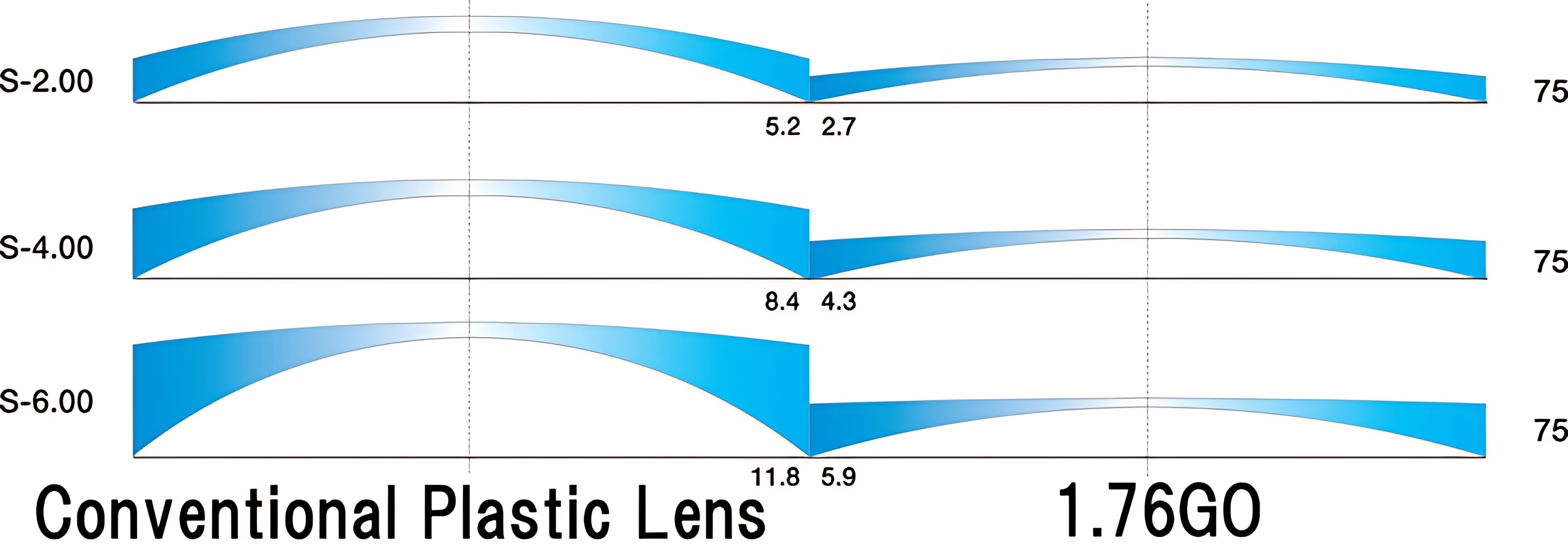
LENS EDGE THINNING
At Carina Eye Care, there are several options that you can go for when you want your lenses to look thinner and feel lighter on your face!
- Premium Japanese Tokai 1.76 super-high-index lenses with High Resolution optics and double aspheric optics with extra fine edge thinning (Carina Eye Care is the first practice in Australia to gain access to this product)
- Premium Japanese Tokai 1.76 super-high-index lenses with or without fine edge thinning
- Aspheric Japanese 1.74 high index lenses with edging down
- Hoya Japanese 1.74 high index lenses

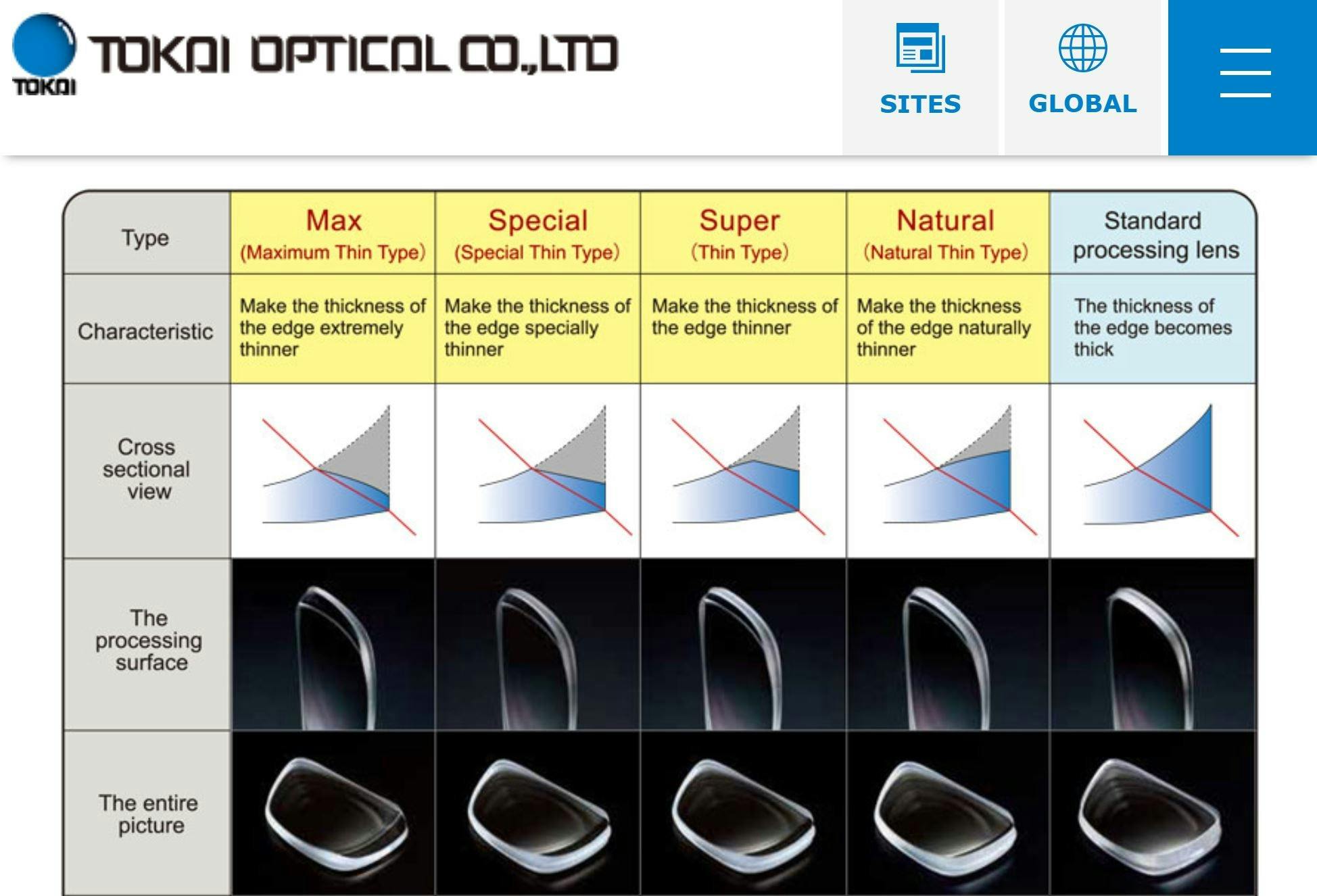
1. Option 1 & 2
Introducing Tokai Optical Co. Ltd., who are a premium Japanese company that's only just entered the Australian market. Up until 2019, the highest index plastic lenses available in Australia was 1.74. Tokai has 1.76 index lenses, as well as a very special means of lens edge thinning as an option. There are several styles that the lenses can be thinned. The methods that I recommend are Natural (very smooth), or the Special (very thin, great aesthetics).
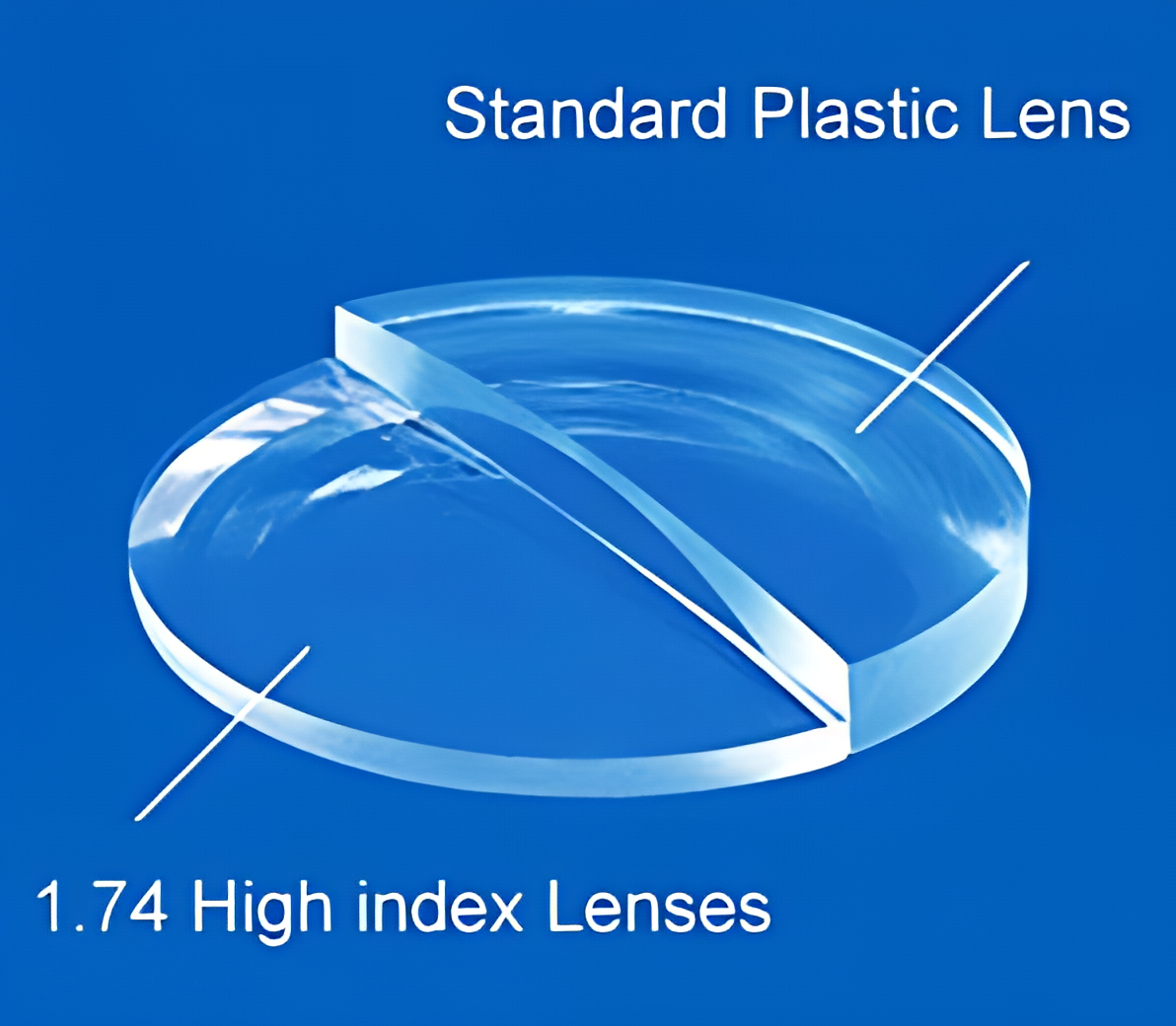
2. Option 3 & 4
Some labs are more experienced with high prescriptions than others, and I've found that there are budget friendly options for lens thinning too! All patients have been very happy with the outcome of this extra thinning.
Here is the result of a -8.75 lens with special 'edging down' in a 1.74 index Japanese lens.
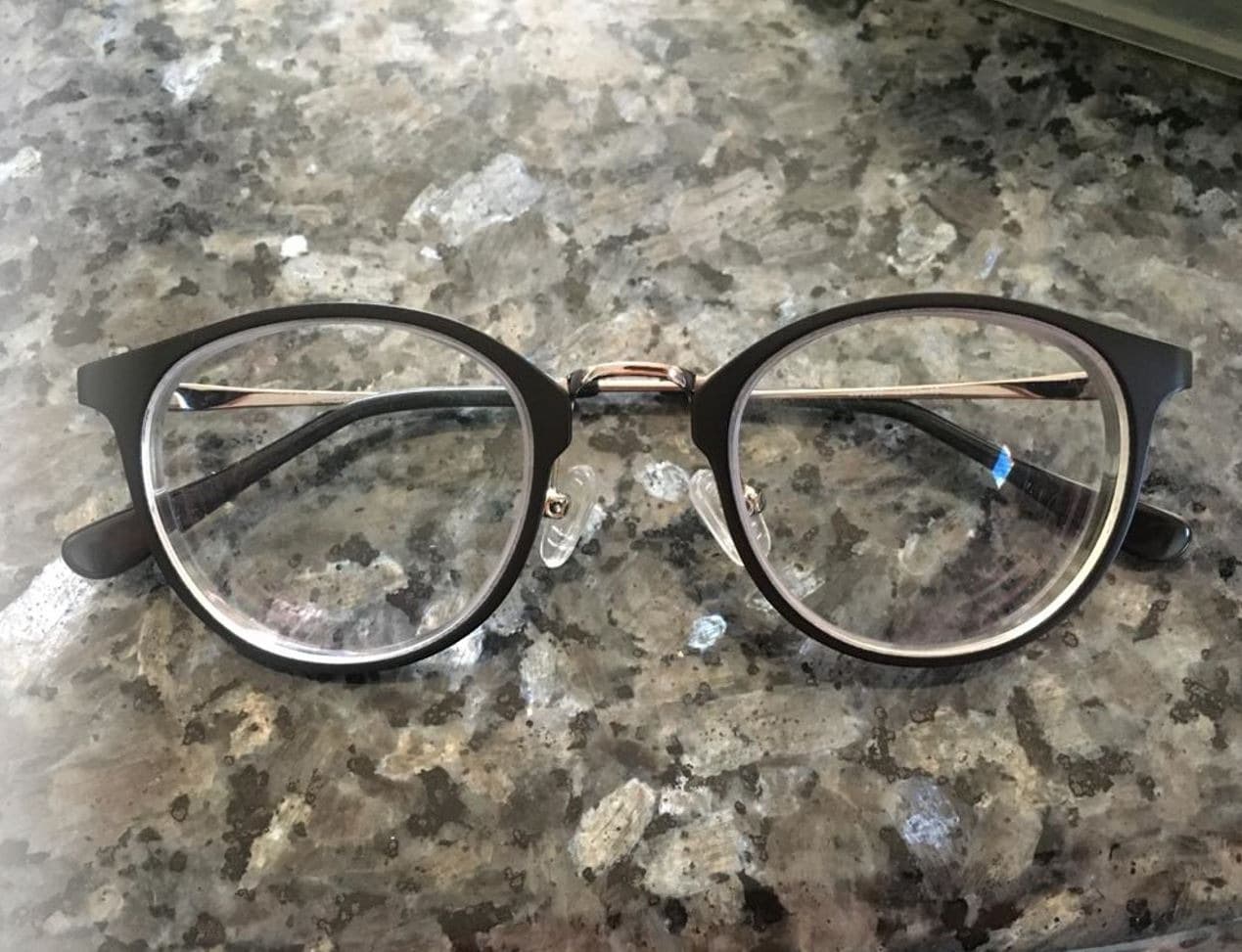
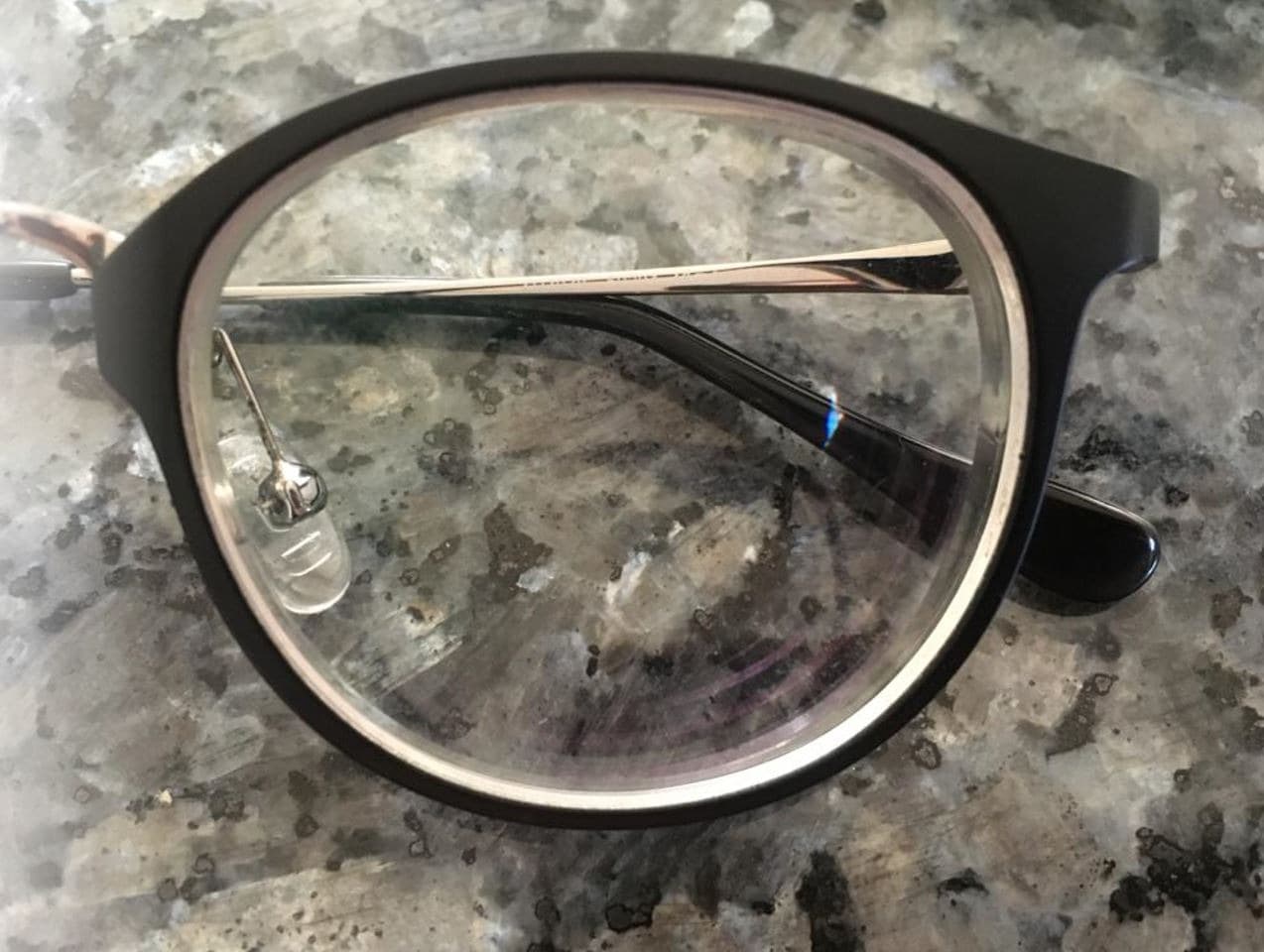
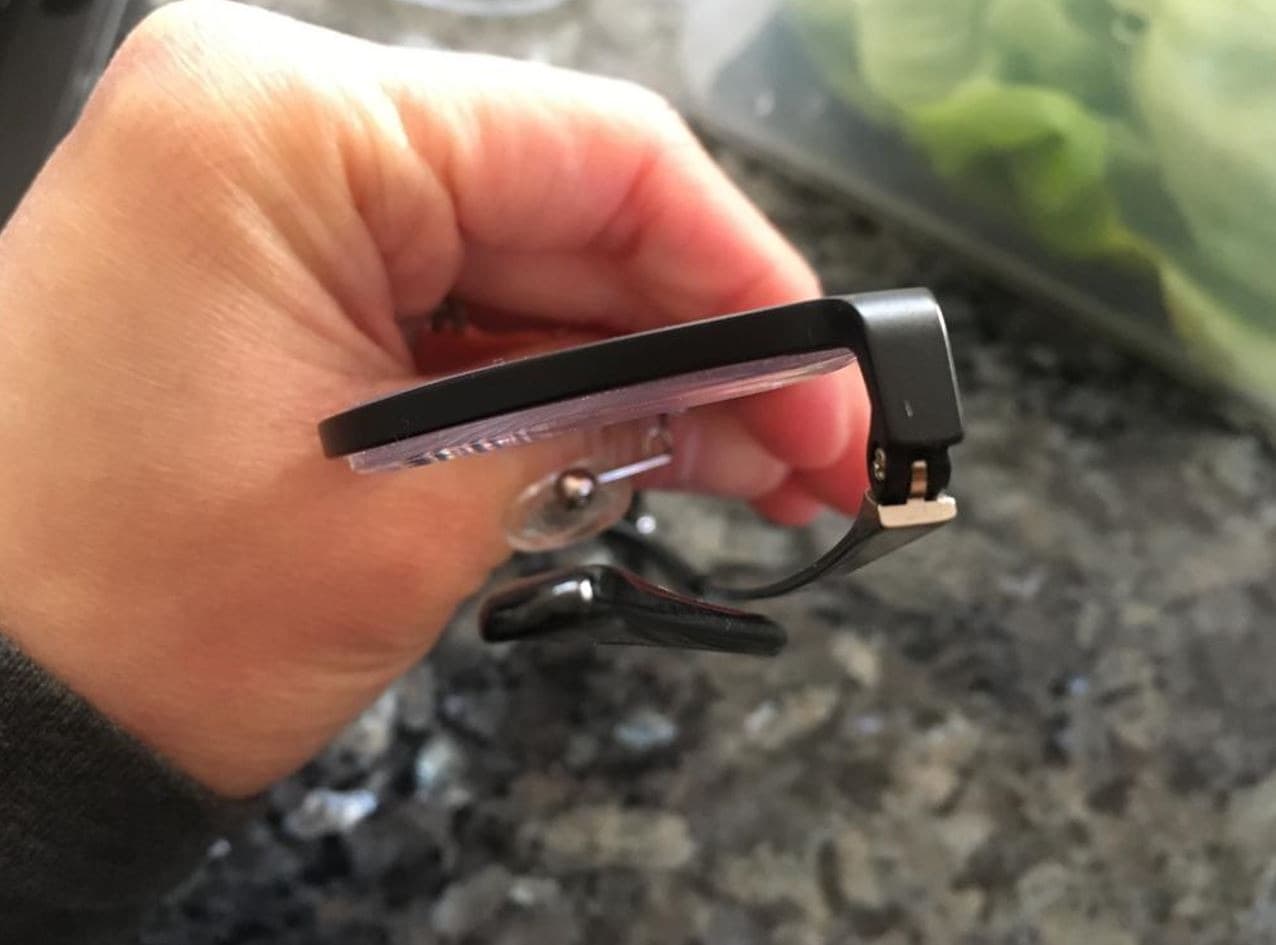
HIGH PRESCRIPTION SPECIFIC FRAME OPTIONS
Most patients with high prescriptions will already know that the frame choice makes a huge difference in how your lenses will turn out in regular optical lenses, and also know to go for a high index material. The smaller the frame, the rounder the frame, and the better the frames fit to your eyes will provide the best aesthetic and comfortable outcome possible.
I have invested in a range of smaller and rounder frames that will help to hide any of that lens edge thickness. The brands range from Ryan Adda, Paul Hueman, and my own line of Carina Eye Care spectacle frames.
